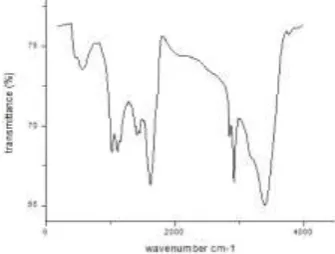Removal of Pb (II) ions from Aqueous Solution using Naural Orange Peel and Activated Orange Peel
Full text
Figure



Related documents
In Nigeria, the implementation of modern project management tools, methods and techniques is still not well established in public sector, this results into failure of
Considering the morphological fea- tures showing the presence of two easily identifiable epithelial and sarcomatoid components, the apparent transition from carcinomatous to
13 stroke patients showing profound deficits in line orientation and related visuospatial tasks performed a repetitive feedback-based, computerized training
The “ voting point ”‐ based method constrains the derived stage ‐ discharge rating curve both on the fit to available gaugings and to the catchment water balance.. This
introduction of the combination order in the 1991 Criminal Justice Act meant that any Home Office interest in IP vanished; second, the introduction of the National Probation Service
The possibility of using Glycosmis mauritiana carbon for removal of lead (II) ions from aqueous solution as a low cost adsorbent was explored.. Distribution of lead (II) ions
It was demonstrated during the 1950s that rhodium compounds such as rhodium oxide were highly active as hydroformylation catalysts, although the ratio of
According to the indiscriminate and excessive prescribing of antibiotics in Iran, it is necessary to study the distribution of PVL gene, SCC mec types and antibiotic